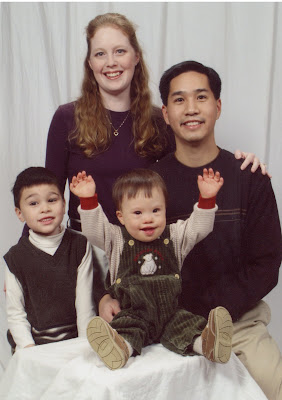A few months ago, a column by the editor of Publishers Weekly made an observation about the challenges facing movie adaptations of books. She pointed out that very rarely do movie versions of literary novels please their reading fans:
With the exceptions of, say, To Kill a Mockingbird and the recent Mystic River, I can't think of a movie that I loved as much as a book. On occasion, of course, a not very good book becomes a good movie—Bridges of Madison County, anyone? How about The Horse Whisperer?—and frankly, I think that's why: they weren't such great books in the first place, so the filmmakers had nowhere to go but up. That, and the fact that it's easier to add filmic nuance to a simplistic book than to subtract it from a complicated one.
Then in the Feb. 2006 issue of Christianity Today, Wheaton College communication professor E. J. Park wrote a terrific article, “A Tale of Two Kitties,” in which he contrasts Aslan’s representation in the Narnia movie and Hobbes from the comic strip Calvin & Hobbes. Park points out that Aslan’s portrayal in Lewis’s book as “not a tame lion” is somehow incongruous with the movie merchandising of Aslan Happy Meal figurines and Aslan plush toys, which seem like very tame lions indeed.
In contrast, Bill Watterson, the creator of Calvin & Hobbes, has never allowed Calvin or Hobbes to be licensed or made into ancillary products. No Hobbes plush toys or Calvin backpacks or lunchboxes. (The Calvin window decals on many back windshields are illegal copyright infringements.) Thus Watterson has preserved the integrity of his comic characters by keeping them only within the medium of comic strips. Park quotes Watterson:
"My strip is about private realities, the magic of imagination, and the specialness of certain friendships. Who would believe in the innocence of a little kid and his tiger if they cashed in on their popularity to sell overpriced knickknacks that nobody needs? Who would trust the honesty of the strip's observations when the characters are hired out as advertising hucksters?"
All this reminds me of my coursework in communication and media theory and Marshall McLuhan’s dictum that the medium is the message. Communication media, whether books or movies or blogs or podcasts, are not neutral – by their very nature, they are able to do or not do certain things well or at all. When content is shifted from one medium to another, like a movie version of a superhero narrative or a children’s book version of a Disney movie, forces are at work that change the qualitative experience of that content.
Thus, as many reviewers have pointed out, the weakest aspect of the recent Narnia movie was actually the portrayal of Aslan. In readers’ imaginations he was free to roam wild. But Aslan on the silver screen instead seemed tepid and tame, with a diminished sense of space and presence, able to be contained by a mere tent, limited by the scope of CGI and Liam Neeson’s voicing. Even Mufasa in The Lion King seemed to have more powerful establishing shots than Aslan did in Narnia. This is not to say that the movie was a bad one, or that another movie could not have done better with Aslan. It’s just that Aslan’s depiction in particular was one of the elements lost in this specific translation between media.

